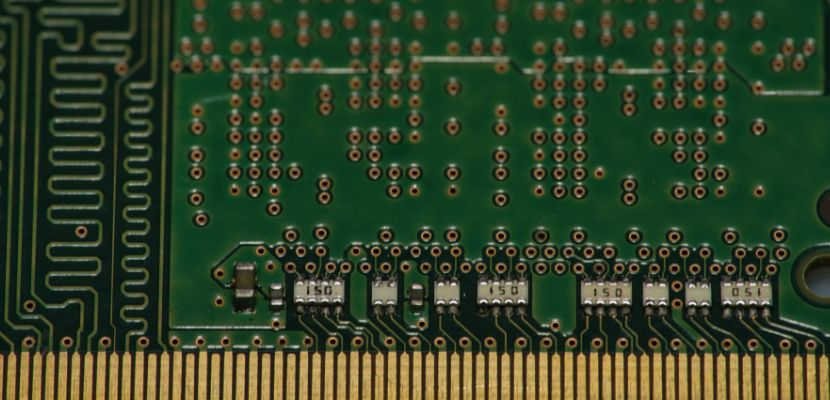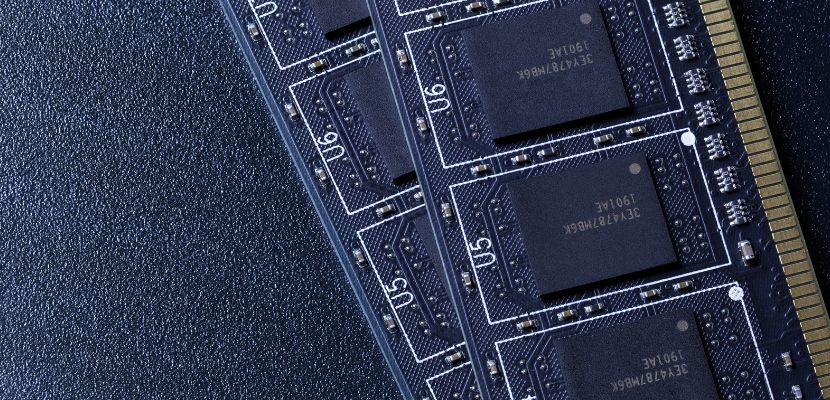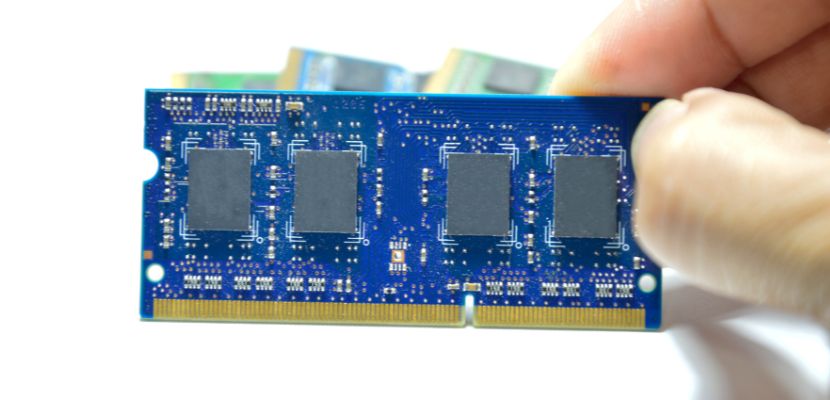Cache is a high-speed data storage layer that temporarily holds frequently accessed information to make future requests faster.

What Do You Mean by Cache?
Cache is a temporary, high-speed data storage mechanism designed to improve the efficiency and performance of computing systems. It works by storing copies of frequently accessed data in a location that can be retrieved more quickly than from the original source, such as main memory, a database, or a remote server.
By keeping this data close to the processor or application, cache reduces the time needed to complete repetitive requests, minimizes latency, and decreases the load on slower storage layers. It is an integral part of modern computing, appearing at multiple levels, from hardware caches like CPU and GPU memory, to software caches in operating systems, applications, and web services. The effectiveness of a cache depends on how well it anticipates future data needs, and its design often involves trade-offs between size, speed, and cost.
Types of Cache
Cache exists at multiple levels in computer systems and networks, each serving a different purpose in speeding up data access. While the basic principle of storing frequently used data remains the same, the implementation and location of the cache vary depending on the context. Below are the main types of cache and their functions:
- CPU cache. A small but extremely fast memory located close to the processor, used to store instructions and data that the CPU is likely to reuse. It reduces the time needed to access information from main memory (RAM), often divided into levels such as L1, L2, and L3, with varying sizes and speeds.
- Disk cache. A buffer between the operating system and the storage device (HDD or SSD). It temporarily stores data that has been recently read or written, reducing access times and improving I/O performance.
- Memory cache. Implemented by operating systems to improve RAM efficiency. It keeps data from frequently accessed files or applications in memory so that subsequent requests can be served quickly without reloading from disk.
- Browser cache. Stores website assets such as HTML files, images, CSS, and JavaScript locally on a user’s device. This reduces page load times when revisiting websites and lowers bandwidth usage.
- Web cache (proxy cache). Used in networks and content delivery systems, it stores web content closer to the user. Proxy servers and CDNs (content delivery networks) rely on web caching to deliver faster response times and reduce load on origin servers.
- Application cache. A cache built into software applications to store data retrieved from databases or external services. This helps reduce query times and improves responsiveness, especially in high-traffic applications.
- Distributed cache. A caching system spread across multiple servers in a cluster. It is commonly used in large-scale applications to provide high availability and scalability, often managed with tools like Redis or Memcached.
Cache Key Features

Cache systems share a set of core features that make them effective in reducing latency and improving performance. These features determine how the cache stores, retrieves, and manages data to optimize access times:
- High-speed data access. Cache is designed to provide faster access to data compared to its original source, whether that source is RAM, a disk, or a remote server. This speed is achieved by keeping frequently used information in smaller, faster memory layers.
- Temporal locality. Cache takes advantage of the tendency for recently accessed data to be accessed again in the near future. By storing this data temporarily, it reduces the need for repeated retrieval from slower storage.
- Spatial locality. Alongside temporal locality, cache often stores data located near recently accessed information, since adjacent memory locations are likely to be used soon. This improves efficiency for sequential data access.
- Limited storage size. Cache capacity is significantly smaller than the main data source, requiring efficient management strategies such as replacement policies (e.g., least recently used or first-in-first-out) to decide which data remains.
- Automatic data management. Cache systems automatically determine which data to store, retrieve, and evict without requiring user intervention, relying on algorithms that predict future usage.
- Transparency. For most applications and users, caching works behind the scenes. It is integrated into hardware and software in a way that doesn’t require manual operation, improving performance seamlessly.
- Consistency mechanisms. Since cached data is a copy, caches include strategies to keep stored information consistent with the original source, ensuring accuracy when the underlying data changes.
How Does Cache Work?
Cache works by placing a fast, intermediate storage layer between a data source and the component requesting the data, such as a CPU, application, or web browser.
When a request for information is made, the system first checks whether the data exists in the cache, known as a cache hit. If the data is found, it is served immediately from the cache, reducing access time and improving performance. If the data is not present, called a cache miss, the request is forwarded to the slower underlying source, such as main memory, a disk, or a remote server. Once retrieved, a copy of the data is stored in the cache so that future requests can be served faster.
To manage its limited storage space, cache uses replacement policies, such as least recently used (LRU) or first-in-first-out (FIFO), to determine which entries should be removed when new data needs to be stored. These strategies help balance performance gains with the constraints of finite cache capacity.
Caches also rely on locality principles: temporal locality, where recently used data is likely to be reused soon, and spatial locality, where nearby data is often accessed together. By exploiting these patterns, caches can predict access behavior and prefetch data more effectively.
In some systems, caches include consistency protocols to ensure that the cached copy matches the original source when updates occur. This prevents stale or incorrect data from being served, which is critical in multiprocessor and distributed environments.
By combining these mechanisms, cache reduces latency, lowers bandwidth usage, and helps systems handle workloads more efficiently.
The Advantages and Disadvantages of Cache
Cache provides significant benefits by speeding up data access and reducing the load on slower storage systems, but it also comes with limitations such as limited size, complexity in management, and potential consistency issues. Understanding both the advantages and disadvantages of cache is essential for evaluating its role in overall system performance.
Cache Advantages
Cache offers several performance and efficiency benefits that make it a critical component in both hardware and software systems. By storing frequently accessed data in a faster medium, cache helps bridge the gap between high-speed processors and slower storage resources. Below are the key advantages of cache:
- Faster data access. Cache dramatically reduces the time needed to retrieve data compared to accessing it from main memory, disk, or a remote server. This leads to quicker execution of programs and smoother application performance.
- Reduced latency. By serving data from a nearby, high-speed memory layer, cache minimizes delays in processing and improves responsiveness in both hardware and web-based systems.
- Lower bandwidth usage. In networking and web environments, caching reduces the number of requests sent to the original server, conserving bandwidth and preventing network congestion.
- Decreased load on backend systems. Cache offloads frequent requests from databases, file systems, or application servers, which helps improve scalability and reduces the risk of system bottlenecks.
- Improved user experience. Faster access to cached data, such as web pages or application responses, results in smoother interactions, reduced waiting times, and higher user satisfaction.
- Energy efficiency. Retrieving data from cache consumes less power than accessing it from slower, larger storage systems, which can contribute to overall energy savings, especially in large-scale deployments.
Cache Disadvantages
While cache greatly improves performance, it also has limitations that need to be considered when designing or using a system. These drawbacks stem from its limited capacity, complexity, and reliance on prediction strategies. They include:
- Limited storage size. Cache memory is much smaller than the main storage or database, which means only a fraction of data can be stored. This limitation can lead to frequent cache misses when the working dataset is larger than the cache capacity.
- Higher cost. Cache memory, especially in hardware (like CPU cache), is significantly more expensive per unit of storage than main memory or disks. Expanding cache size can therefore raise system costs.
- Consistency issues. Since cached data is a copy, it can become outdated if the original source changes. Ensuring consistency between the cache and the primary data source requires additional mechanisms, which add complexity.
- Management overhead. Caching systems must use algorithms to determine which data to keep and which to replace. This adds processing overhead and, if poorly optimized, may reduce overall efficiency.
- Unpredictable performance. Performance gains from cache depend on access patterns. If requests are highly random or the dataset is too large, cache hits become less frequent, and the benefits diminish.
- Potential for stale data. In distributed systems and web caches, users may sometimes receive outdated content if the cache is not properly refreshed, which can cause inaccuracies or a poor user experience.
Cache FAQ

Here are the answers to the most commonly asked questions about cache.
Can You Delete Cache?
Yes, cache can be deleted, and in many systems it is a common maintenance step. Since cache stores temporary copies of data, removing it does not harm the original source; it only clears the fast-access layer. Once deleted, the cache will gradually rebuild itself as the system or application continues to run and fetch frequently used data again.
In practice, deleting cache can be useful for freeing up storage space, resolving performance issues, or ensuring that updated content is retrieved instead of serving stale data. For example, clearing a browser cache forces the browser to load the newest version of a website, while deleting an application or operating system cache can resolve glitches caused by corrupted or outdated files. However, the trade-off is that after deletion, the system may run more slowly initially until the cache is repopulated with fresh data.
How to Clear Cache?
Clearing cache depends on the system or application, but the process always involves removing temporary stored data so the program can fetch fresh copies.
On web browsers, cache is cleared through the settings or privacy menu, usually under options like “Clear browsing data” or “Clear cache.” This deletes locally stored website files, forcing the browser to reload updated versions.
On operating systems, cache can be cleared from system settings or with built-in tools. For example, Windows provides “Disk Cleanup” to remove cached files, while macOS and Linux allow users to delete cache directories manually or with terminal commands.
On applications, many programs and mobile apps include an option to clear cache in their settings. This is common in mobile devices where cached app data can occupy significant storage space.
On servers and databases, clearing cache may involve restarting caching services (such as Redis or Memcached) or running commands to flush cached entries. This is often done to refresh outdated data or troubleshoot performance issues.
How Often Should I Clear My Cache?
How often you should clear cache depends on the type of system and your specific needs. In most cases, cache is designed to manage itself efficiently, so frequent manual clearing is unnecessary.
Here is an overview of how frequently different types of cache should be cleared:
- Web browsers. Clearing the cache occasionally (such as every few weeks or months) is enough to free up space and ensure you see the latest version of websites. It may be needed sooner if pages don’t load correctly, if old site content persists, or if privacy is a concern on shared devices.
- Apps and mobile devices. Cache clearing is helpful when storage space is limited or when an app misbehaves due to corrupted temporary files. Otherwise, it can be left alone, since cached data usually improves app performance.
- Servers and databases. Clearing the cache is not routine but done in response to specific issues, such as stale data being served, configuration changes, or system troubleshooting. These environments rely on cache for speed, so unnecessary clearing reduces efficiency.
In general, clear cache only when it causes problems or storage constraints, rather than on a fixed schedule, since automatic cache management is built into most modern systems.
Does Cache Mean RAM?
No, cache does not mean RAM, although the two are related. RAM (random access memory) is the main memory of a computer, used to store data and instructions that the CPU needs while programs are running. It is much larger in capacity than cache but slower to access.
Cache, on the other hand, is a smaller, faster type of memory located closer to the CPU. Its purpose is to temporarily hold the most frequently used data and instructions so the processor does not have to fetch them repeatedly from RAM, which would take more time.
In short, RAM is the main working memory, while cache is a specialized high-speed memory layer that accelerates access to data stored in RAM. They work together to ensure efficient system performance, but they are not the same thing.